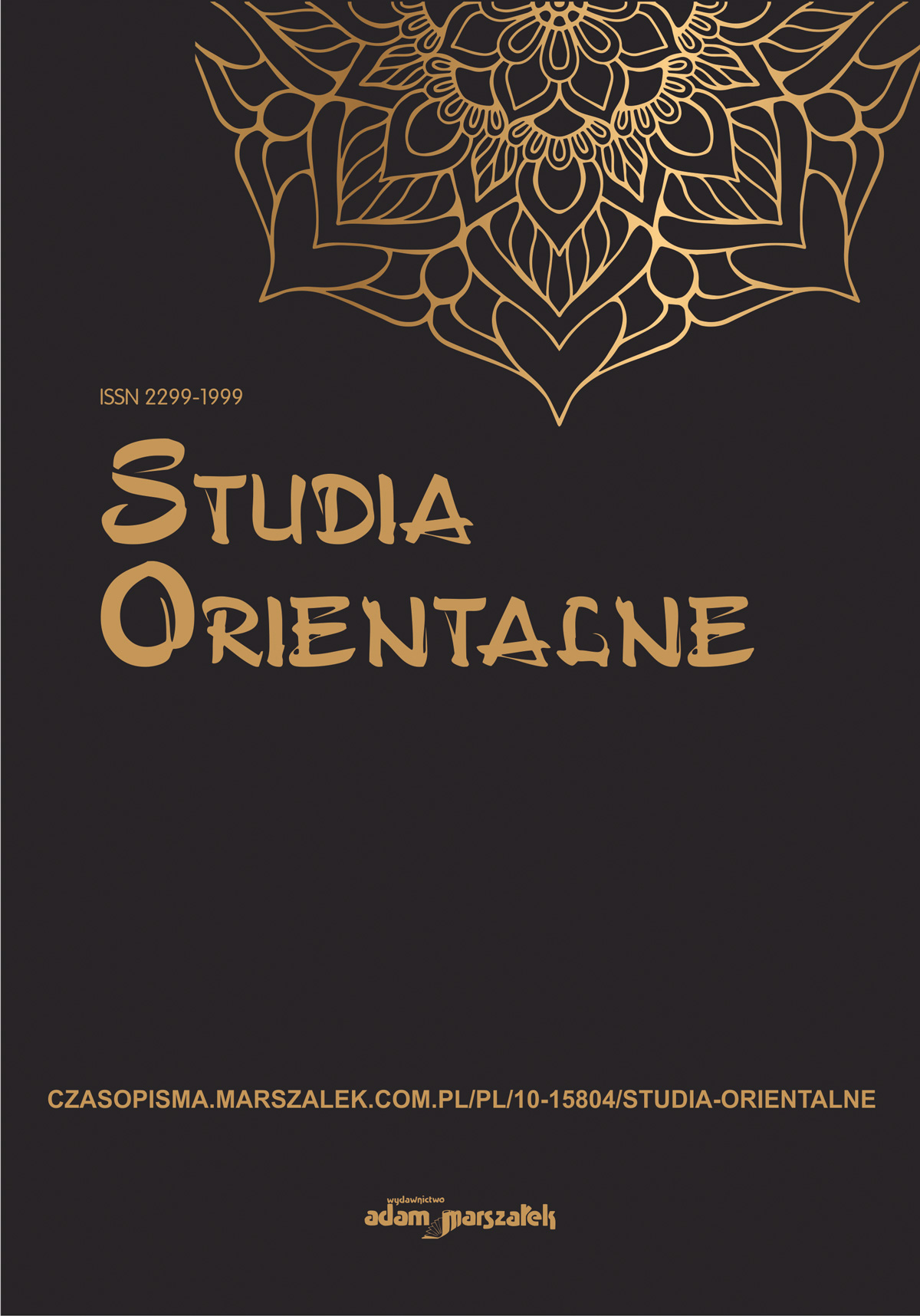Two Repousse Icons Preserved in the Golden Fund of Shalva Amiranashvili Museum of Fine Arts – Eustace Placida with a Hunting Scene and the Image of Infantry Placida (Dating and Iconographic Features)
Two Repousse Icons Preserved in the Golden Fund of Shalva Amiranashvili Museum of Fine Arts – Eustace Placida with a Hunting Scene and the Image of Infantry Placida (Dating and Iconographic Features)
Author(s): Nino Goderdzishvili, Nato GengiuriSubject(s): Visual Arts, Sociology of Art, History of Art
Published by: Wydawnictwo Adam Marszałek
Keywords: icons; iconography; symbolism; dating; Medieval art;
Summary/Abstract: Hunting scene of St. Eustace and related storylines hold an important place in the Christian art of the middle centuries. We find this theme, in various forms and interpretations, in almost every century from V to XVIII. It is found in monumental paintings, as well as in stone carving and metalwork. The article presents a study on two repousse icons kept in the Golden Fund of Shalva Amiranashvili Museum of Fine Arts: Plate of Saint Eustace with doors, with a hunting scene of Eustace Placida (Q. 747) and plate with Infantry Placida (Tf. 60). The aim of the work is the dating of unexplored repousse icons, artistic-stylistic analysis of the iconographic scheme, and Clarifying the issue of the origin of Tf. 60. On both icons, the inscription identifies the Saint: “წა ე (ვ)სტატი”. It provides important information for dating the icon. From a paleographic point of view, the icon’s inscription should belong to the late Middle Ages, approximately XVI-XVII centuries. It is worth noting that both inscriptions are made with one hand. The overall content context, stylistic solution, and paleographic analysis speak of a single origin. Based on the paleographic analysis, the study of the iconographic scheme and artisticstylistic features, according to our assumption, the plate of Saint Eustace with doors, with a hunting scene of Eustace Placida (Q. 747) and plate with Infantry Placida (Tf. 60) date back to the XVI–XVII centuries.
Journal: Studia Orientalne
- Issue Year: 26/2023
- Issue No: 2
- Page Range: 31-59
- Page Count: 19
- Language: English

